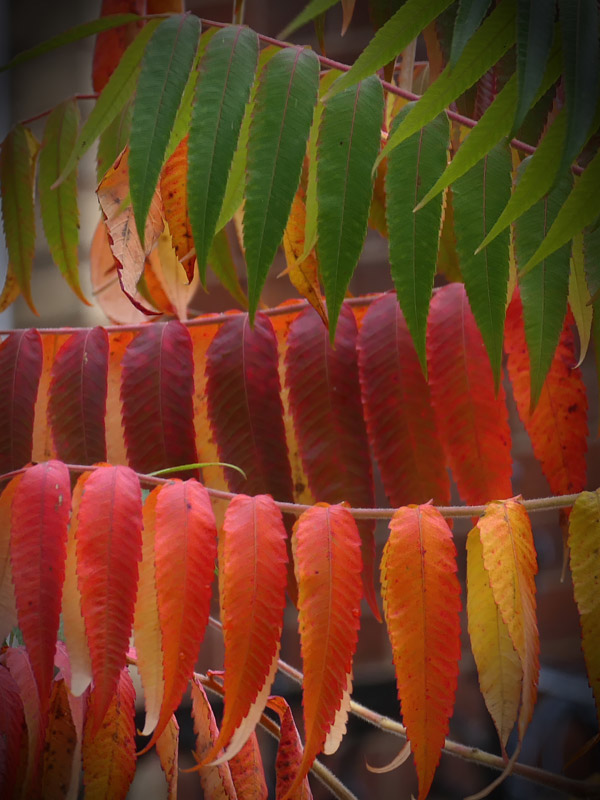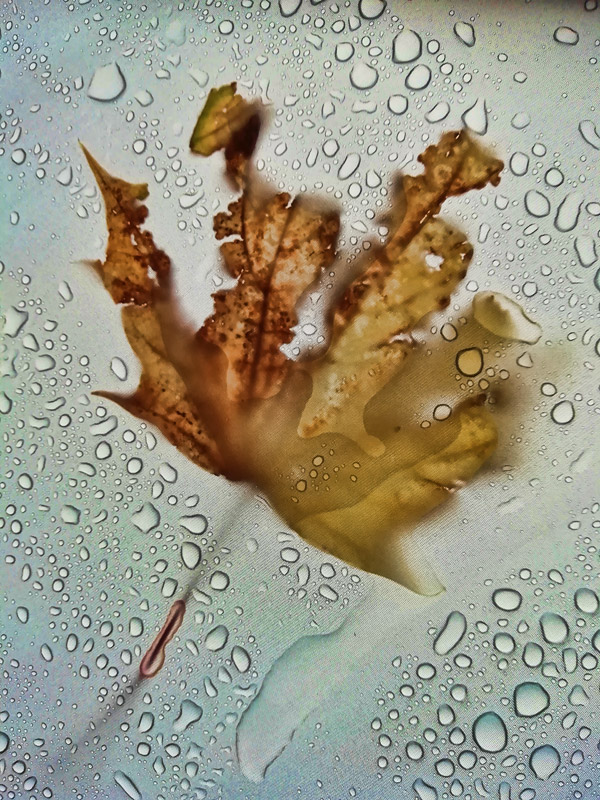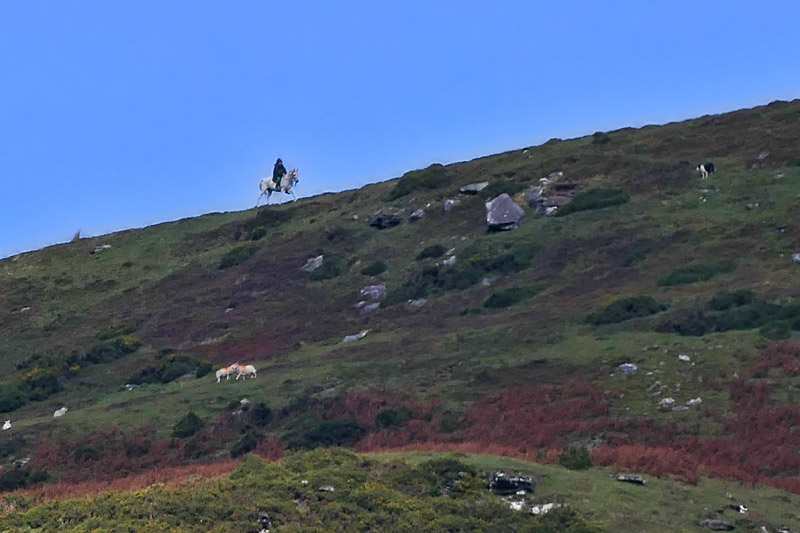John Kyrle (1637-1724) is the renowned eighteenth century benefactor of Ross on Wye. The poet, Alexander Pope (1688-1744) called him the "Man of Ross" in his poem in the third of his Moral Essays "Of the Use of Riches"(1734). One of his many contributions to the town was the public open space above the cliffs near St Mary's church. It was called "The Prospect" for its fine view over the meander of the River Wye, and beyond. It is a place still visited and enjoyed today. We were there on a recent afternoon and, the view being cloaked with fog, I turned one hundred and eighty degrees to get this photograph of the tower and spire of St Mary behind the pines and the mistletoe decked trees.
Something of the extent of John Kyrle's philanthropy can be seen in this extract from Pope:
"Who taught that heav’n directed Spire to rise?
The Man of Ross, each lisping babe replies.
Behold the Market-place with poor o'erspread!
He feeds yon Alms-house, neat, but void of state,
Where Age and Want sit smiling at the gate;
Him portion’d maids, apprentic’d orphans blest,
The young who labour, and the old who rest.
Is any sick? the Man of Ross relieves,
Prescribes, attends, the med’cine makes, and gives,
Is there a variance? enter but his door,
Balk’d are the Courts, and contest is no more.
Despairing Quacks with curses fled the place,
And vile Attornies, now a useless race"
photos © T. Boughen Camera: Lumix FZ1000 2


















































